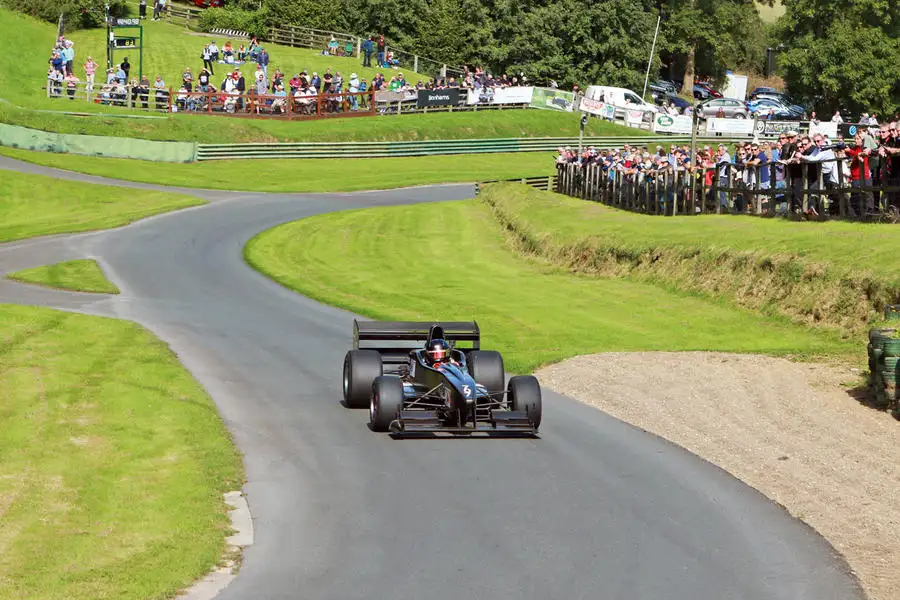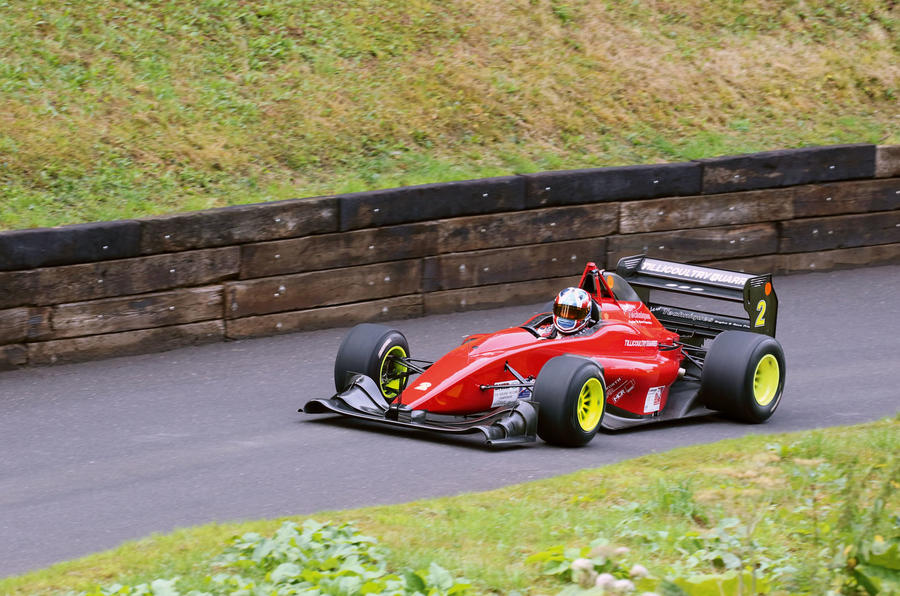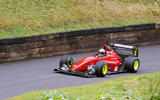It features some of the most spectacular modern single-seat racing cars, the cleverest driver aids and fabulous competition, yet the British Hillclimb Championship remains an underrated gem.
The basic ethos of hillclimbing has changed little since it started in the early 20th century: to drive a car as fast as possible up a defined hill. Of course, the hills are now surfaced and mainly on private land rather than public gravel roads, where it all started over 115 years ago. However, closed public roads are still used for competition in Northern Ireland and the Channel Islands.
These days, state-of the-art hillclimb single-seaters are purpose-built projectiles rather than the recycled circuit racers that used to be the norm. They’re capable of reaching 60mph from a standing start in little more than two seconds and breaking 140mph on certain hills. Cars with in excess of 600bhp, launch control and traction control are at the front of the split-second action.
However, while Cosworth V8 Indycar engines are at the top of the game, an ever-increasing number of diminutive and ultra-light motorbike-engined cars are on the attack. And it all happens on ribbons of asphalt akin to a single-lane country road, with very little margin for error.
Alex Summers, British champion in 2015, was runner-up this season to accomplished champion Wallace Menzies. “There are plenty of cars in the 600bhp to 700bhp bracket. We have traction control and paddle-shift sequential gearboxes,” says Summers. “We have a yaw- and throttle-based traction control system on the Firestorm that I drive. It becomes more important the more power you have.

“The launch and traction control systems blend into each other at about 25mph. We can do a standing-start 0-60 in a smidge over two seconds and have something in the region of 400kg of downforce.

































Join the debate
Add your comment
plenty of stuff on youtube
search "hillclimb tv" on the above if you want an idea of the sport - a great channel which streamed UK events live this yr
Never entered but have
Too niche...?
Yeah, a shame really, but, there's no real money in it because of that, it's almost seen as grass roots sport, not a Tv sport like Golf, Snooker and F1.